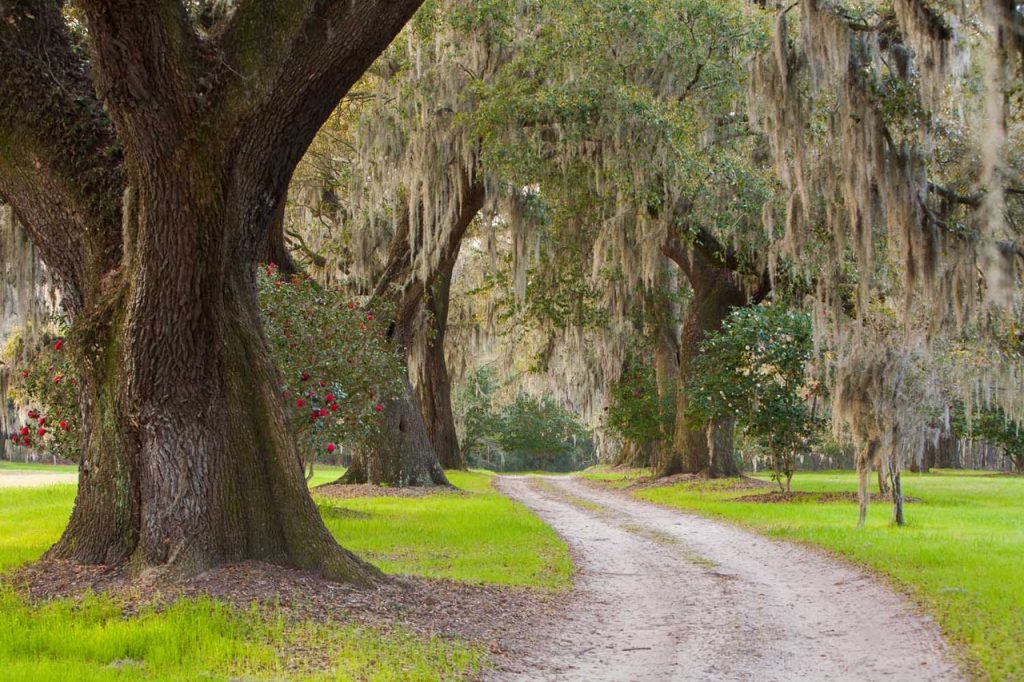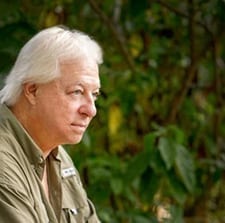If A Photo Is Worth 1,000 Words …
April 10, 2024By Tom Poland
Why do we need cutlines? Simple. To better serve the reader. A cutline needs to be right. Long after the writer is gone, his work will be there for others to read. Come with me, now, into a specialized area of the writing world—adding worth to a photograph.
For the last two weeks I’ve been writing and revising cutlines for one of those photo-rich books that Robert Clark, the photographer, and I have in production with the University of South Carolina Press.
Now right off I need to set the record straight. A lot of people tell me, “Oh I just love those coffeetable books y’all do.” (One woman referred to them as cocktail books. Surely our work doesn’t drive her to drink?)

Photo by Robert C. Clark
“Thank you,” I say, “but they’re not coffeetable books. Coffeetable books cover horses, Corvette Stingrays, kittens, and things like golf courses. Our books document history, change, nature, abandonment, and old churches, tenant homes, and vanishing ways of life.”
Now that doesn’t mean the photos are ordinary. Quite the opposite. For months now Robert and I have been selecting images for the new book. It’s not easy. Robert’s work seizes the eye, and deciding which ones to include takes a lot of thought. There are verticals and horizontals and decisions. Which photos best cover a spread (two pages)? And what will the art director choose for covers and end papers? A lot’s going on here.
So, again, if a photograph is worth a 1,000 words why does someone like me spend hours and hours crafting a handful of sentences that inform the reader? For one thing a cutline will be read. The sea of words surrounding it? Maybe not. People don’t always have time for all that. Second, a good cutline tells the reader something they cannot know simply by looking at the photo. And it helps if you give the reader a feeling, if you can somehow stir the emotions.
You’ll see the word “caption” sometimes referring to a photo’s cutline. Cutline or caption, it needs to perform as intended. You focus it, give it some energy, and try at times to put the reader in the photograph.
Now permit me an aside. Some newspapers don’t run my photos. So for those of you rendered blind, the photo running with this column depicts dignified old oaks, a sandy s-curving lane, red-blooming camellias, white-blooming camellias, Spanish moss, and Resurrection ferns. How best to tell the reader about this eye-pleasing image?
I could have written the following:
Behold the Classic South
A sandy, serpentine lane runs by camellias beneath oaks heavy with Spanish moss. The moss falls but never seems to reach earth. The resurrection ferns give oak limbs a green veneer. Live oaks and curtains of Spanish moss, all in all, you see a classic Southern setting. (Kind of obvious and bland, isn’t it. Don’t tell the reader water is wet. That’s a given.)
Instead I wrote this:
Thundering Down a Sandy Lane
Imagine sand flying as Benjamin Martin (Mel Gibson, The Patriot) gallops on horseback down a Lowcountry lane to confront the Redcoats. Action explodes amid a classic Southern setting of camellias, live oaks, and curtains of Spanish moss. Note the resurrection ferns that give oak limbs a green veneer and know that Gibson filmed key scenes here at a historic rice plantation. (Now the reader gets unexpected information and sees the scene in a new light. Water dazzles as blue-green-white glaciers.)
A long day of pouring over images and researching and writing and titling cutlines wears you down a bit. The writing must be solid because the cutline will be read and you don’t want to shortchange the reader. It better be good because its first reader will be the editor, and editors like red ink, ink as red as the weary writer’s blood. What you dread most is ditching a lame effort to write a cutline anew under the pressure of a fast-approaching deadline.
Georgia native Tom Poland writes a weekly column about the South, its people, traditions, lifestyle, and culture and speaks frequently to groups in the South. Governor Henry McMaster conferred the Order of the Palmetto upon Tom, South Carolina’s highest civilian honor, stating, “His work is exceptional to the state.” Poland’s work appears in books, magazines, journals, and newspapers throughout the South.
Visit Tom’s website at www.tompoland.net
Email him at [email protected]
















